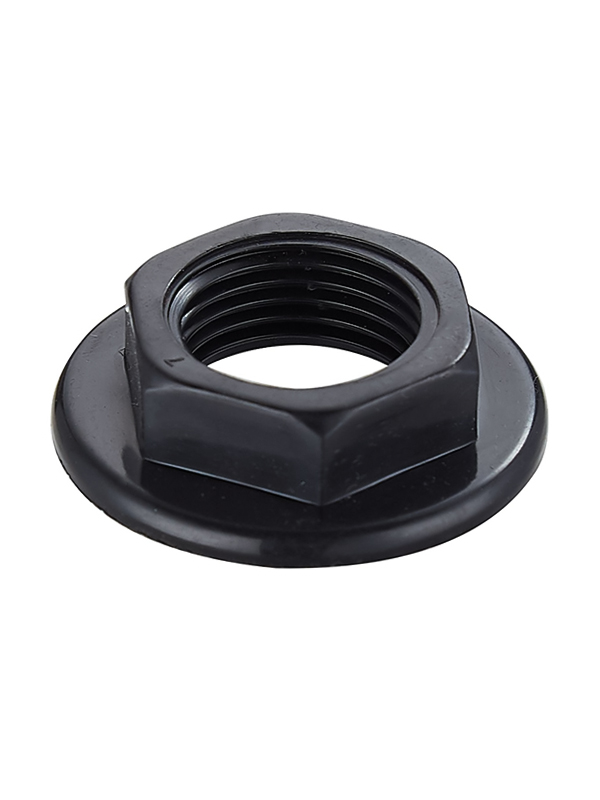China Supply Angle Stop Cork Valve Factory Maker Wholesaler
Stop valves are indispensable in a wide array of industrial processes, from water treatment to oil and gas pipelines. They are designed to control the flow of fluids by either allowing them to pass through or stopping them completely.
Stop valves are essential flow control devices used in various industries to regulate the flow of liquids, gases, and slurries. They are designed to be fully open or fully closed, with small leakage when closed. Common types include globe, ball, and butterfly valves, each with unique designs for specific applications. Stop valves are crucial for safety, maintenance, and process control in fluid systems.
Types of Stop Valves:
Globe Stop Valves: These are the more common type of stop valve, characterized by a round body and a movable disc that opens and closes the flow path.
Angle Stop Valves: As the name suggests, these valves are installed at an angle, which helps to reduce the pressure drop across the valve.
Ball Stop Valves: These valves use a ball with a hole through the center to control the flow. They are known for their quick operation and tight shut-off.
Butterfly Stop Valves: These are quarter-turn valves that provide a simple and cost-effective solution for on-off flow control.
Check Stop Valves: These are designed to allow flow in one direction only, preventing backflow.
Applications of Stop Valves:
Water and Wastewater Treatment: Stop valves are used to control the flow of water and wastewater in treatment plants.
Oil and Gas Industry: They are crucial in managing the flow of oil and gas in pipelines and processing plants.
Chemical Processing: In chemical plants, stop valves help control the flow of various chemicals and prevent unwanted reactions.
Power Generation: They are used in cooling systems and other fluid control systems in power plants.
Food and Beverage Industry: Stop valves ensure the proper flow of ingredients and cleaning solutions in food processing plants.
Selecting the Right Stop Valve:
Material Selection: The material of the valve should be compatible with the fluid it will control to prevent corrosion or contamination.
Pressure Rating: The valve must be able to withstand the pressure of the system in which it will be installed.
Temperature Range: The valve should be able to operate within the temperature range of the fluid it controls.
Flow Characteristics: The valve should be chosen based on the desired flow characteristics, such as linear or equal percentage flow.
Actuator Type: Depending on the application, the valve may require a manual, electric, pneumatic, or hydraulic actuator.
Proper maintenance is crucial for the longevity and reliability of stop valves. Regular inspections should be conducted to check for signs of wear or damage. Common issues include:
Leakage: This can occur if the sealing surfaces are damaged or if the valve is not properly tightened.
Stiction: This is when the valve does not open or close properly due to friction between the moving parts.
Erosion: This can occur if the valve is used with abrasive fluids, the wearing down of the internal components.
Corrosion: This can be a problem if the valve material is not compatible with the fluid it is controlling.
Stop valves play a vital role in controlling fluid flow in various industrial applications. Their selection, installation, and maintenance are critical to ensuring the smooth operation of fluid control systems.










